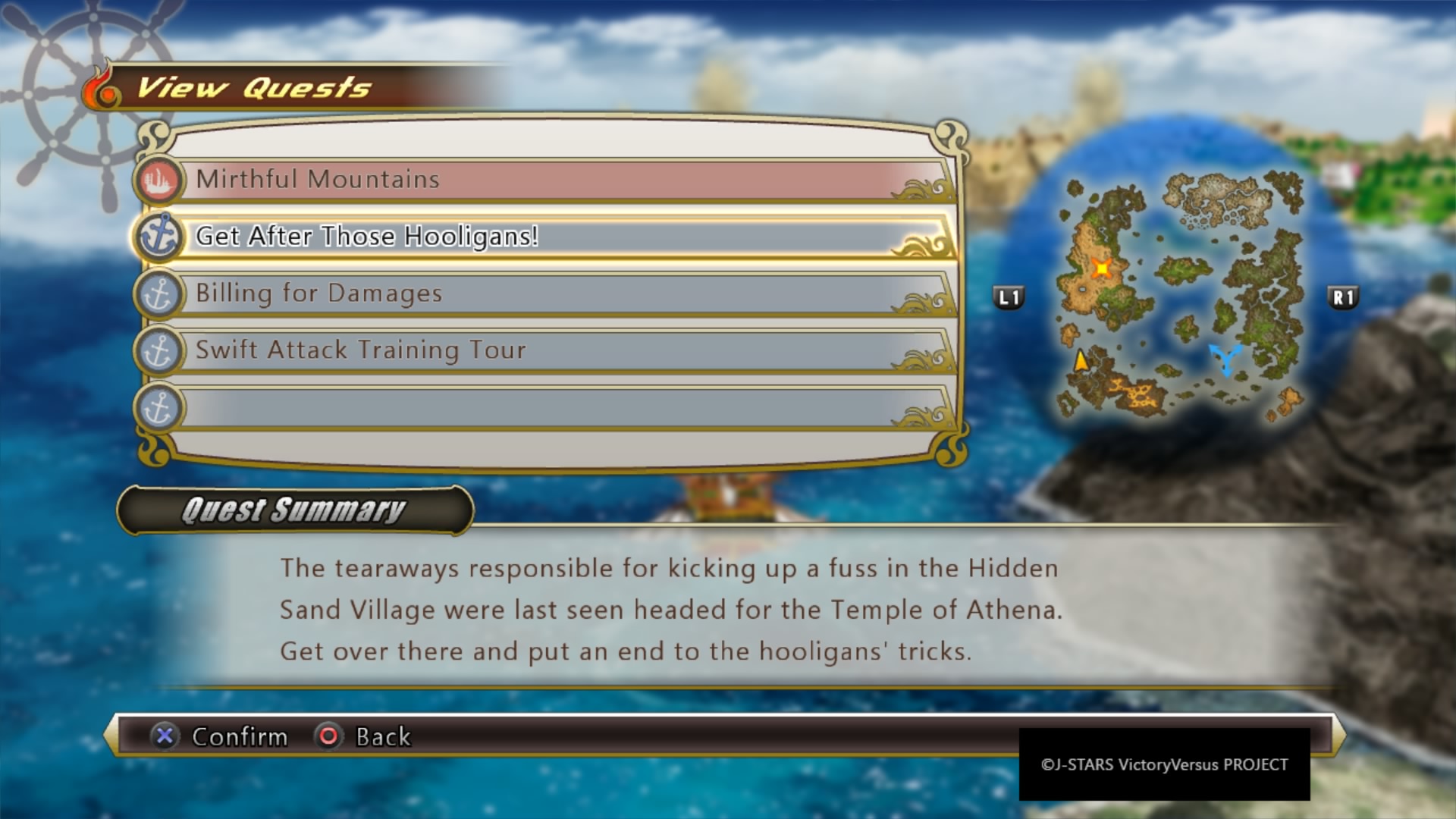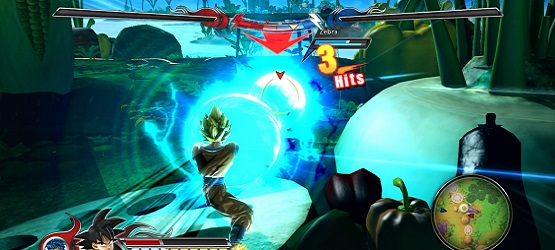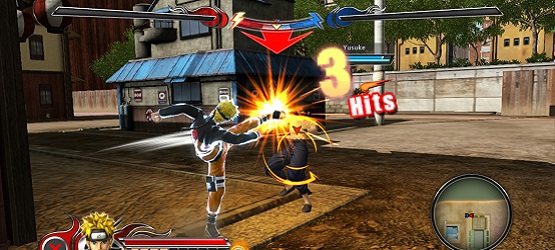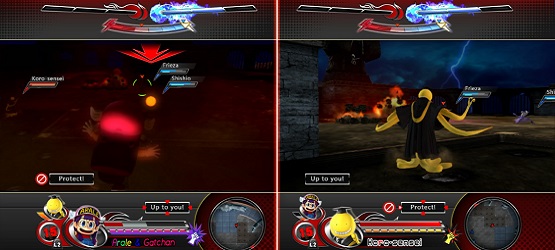It’s always fun to see video game characters from different universes interacting with one another. Super Smash Bros. lets Nintendo characters come together, PlayStation All-Stars Battle Royale lets PlayStation characters meet, and now J-Stars Victory VS+ gives Shonen Jump characters the opportunity to interact. However, despite the novelty of having a large conglomeration of Shonen Jump characters to play as, J-Stars isn’t exactly the brawler you’ve been waiting for.
Fightin’ Time
Like other brawlers, J-Stars pits two teams against each other in small, confined environments. Teams generally consist of three characters, with two being normal, playable characters, and the third being a special support character. There are a huge amount of Shonen Jump characters to chose from, from Vegeta to Naruto to Luffy, and each character has something different to offer. For example, some characters are skilled at using ranged attacks, while other might be tank-y, and are better suited for charging into the middle of the arena with their fists flailing. Part of the trick to J-Stars is being able to match different characters together so that they create a diverse team that is ready for any type of strategy the opposing team uses.
Combat in J-Stars is both fun and fast-paced. Generally, teams have 300 seconds to compete, with the first team to get three knockouts, or the most knockouts in 300 seconds, winning. Although players are offered a number of quick or heavy punches and kicks to use, I found that the real way to deal damage is through a character’s special abilities. Each character has a number of different special abilities to perform, with each ability taking up a certain amount of a character’s power. Some abilities let players shoot massive beams of energy at their opponents, others let players perform special grab moves, and still others might just have the player connect with a massive punch. Whatever the attack is, it always uses up power, so players always need to keep an eye on it, either waiting several seconds to regain some, or using a special charge-up move to restore some power.
Players also need to keep an eye out on the availability of their support character. Unlike normal characters, support characters may only be brought in after a certain amount of time, and generally they perform one special move, such as an area attack or healing allies, and then leave the area. Players may not take on the role of a support character, as they can only be controlled by the AI. While any playable character can be used in a support position, there are also a select number of characters that may only be used as support. Picking which one will work best with your current team isn’t always easy to do, and there is some real strategy behind choosing which support character to use.
There is also a bit of strategy in which deck of cards to use. J-Stars allows players to collect cards, which give certain bonuses to each character in battle. Up to 10 cards may be used in one deck, and each character may only select one deck at a time to use. Some cards might give characters more health points, others might give more power points, and still others might offer a better attack. Multiple decks may be made, and since some cards are character specific, it’s a good idea to develop a few decks, each one catering towards a few certain characters, or a certain type of gameplay style.
Destroying the Environment
If none of that talk about the combat interests you, then maybe this might — there are destructible buildings and objects. I know, it doesn’t sound like much, but it feels pretty awesome to kick your opponent into an apartment building, with your opponent hitting the building with such force that the entire thing crumbles around him. Benches, statues, and other objects will fall apart, too, allowing the landscape to change over the course of the battle. Not only does this add to the combat, but it also adds something to the environments, which would otherwise be incredibly bland.
Unfortunately, despite the large roster of characters, J-Stars does not offer a whole lot of maps to choose from, and the maps that can be chosen are generally fairly barren. Sure, there are some destructible buildings in the maps, but the natural landscape is usually flat, and there isn’t anything going on in the background to spark curiosity or provide entertainment. It also doesn’t help that the graphics in J-Stars are mediocre, at best.
Even though I played the brawler on the PS4, everything besides some of the characters looked like it could be in a PS3 version of the game. The landscape textures are laughable, the buildings look incredibly fake, and even some of the explosions look awful. It is not a pretty game, and while I don’t believe graphics are vitally important to a game’s fun factor, it’s clear that not enough time went into the J-Stars visuals and it shows.
Feels Like Déjà Vu
The developers also could have put a lot more time into the game’s campaign mode, “J-Adventures.” Unlike Victory Road and Arcade, which have players take on a string of different enemies, and unlike Free Battle and Online Battle, which give players control of the combat rules and allow them to compete online, J-Adventures allows players to explore an overworld and take on a number of different missions while doing so. Just like a normal adventure game, players have a main story-mission and some side-quests to complete, with some missions revolving around combat and other revolving around exploration, such as having players roam around the overworld looking for specific items. Completing quests gives players in-game currency, which can be used to buy new characters for use in other game modes, or they can give the players items, such as more cards.
It’s entertaining, but there’s a catch — there are four different campaigns to chose from, but each one is almost identical. They all offer the same exact quests on the same exact map, and all tell the same exact story. The only difference is that players can play as different characters in each campaign. One features characters mainly from One Piece, another from Naruto, and so on. However, since these characters are available for use outside of the campaign, it felt like it was a waste of my time to do all four campaigns.
But, looking past the identical campaigns, the bland environments, and the poor graphics, J-Stars Victory VS+ is actually a fairly enjoyable game. With its fast-paced combat, large cast of Shonen Jump characters, and strategic card system, J-Stars can offer hours of solo or multiplayer fun. If you want a game with decent combat, it might be a good idea to check J-Stars out. However, if graphics are important to you, you might want to take a pass on this one.
Review copy provided by publisher. For information on scoring, please read our Review Policy here.
-
Many, many characters to play as
-
Fun, fast-paced combat
-
Interesting card system
-
Destructible objects and buildings
-
Poor graphics
-
Bland environments
-
Four campaigns, all of which are essentially the same
J-Stars Victory VS+ Review Gallery (PS4)
-
J-Stars Victory VS+ Screenshot
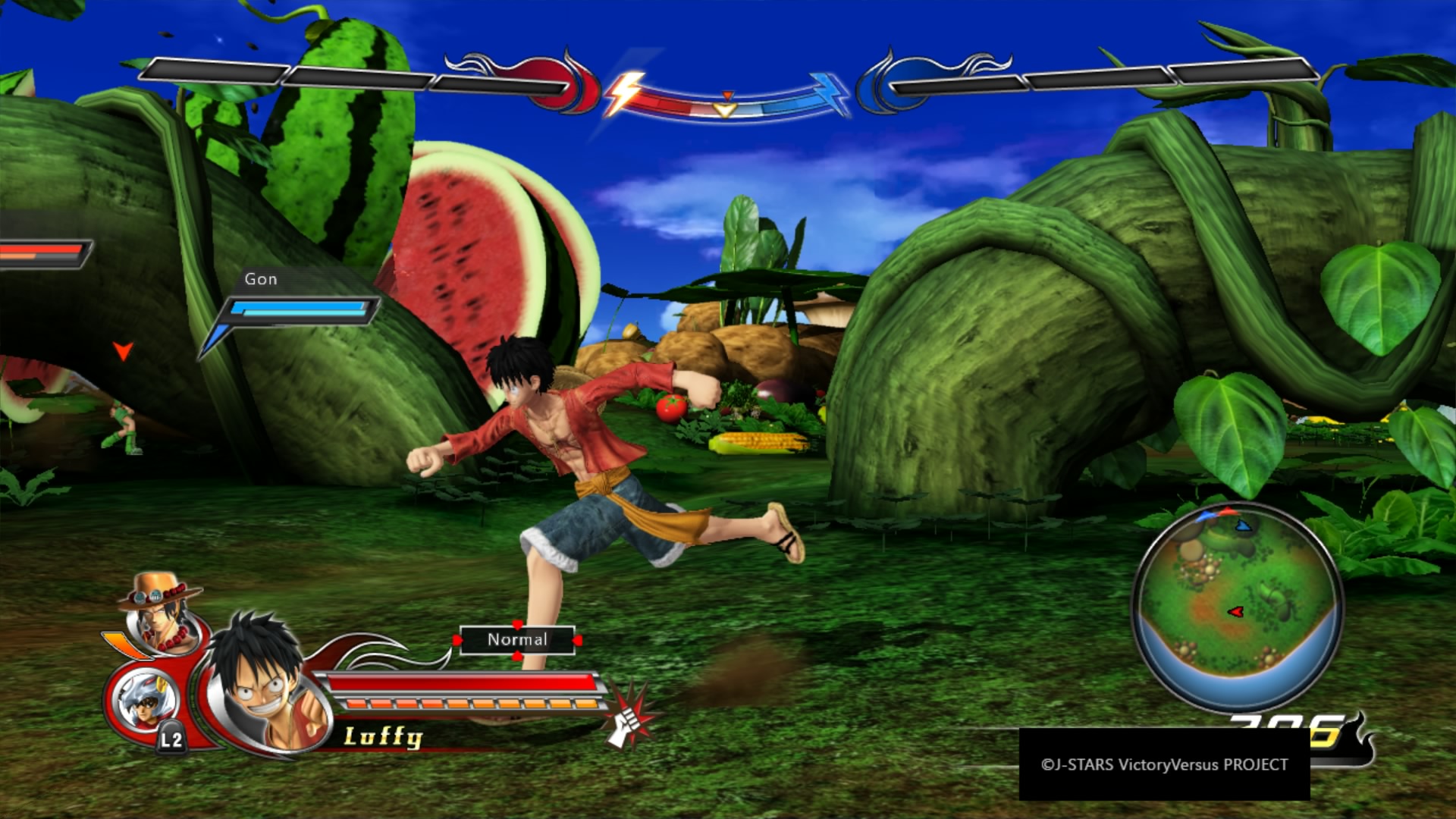
-
J-Stars Victory VS+ Screenshot
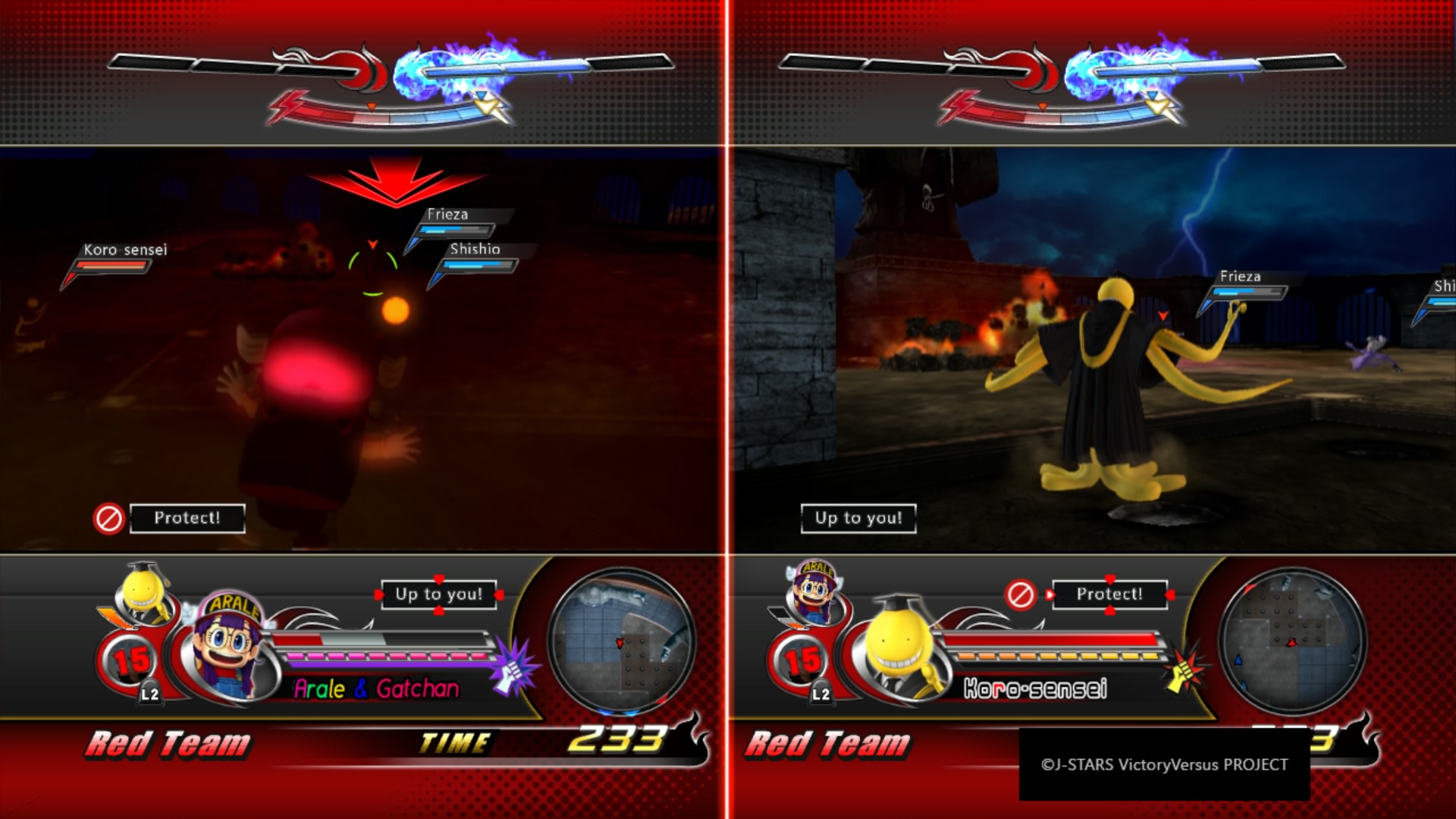
-
J-Stars Victory VS+ Screenshot
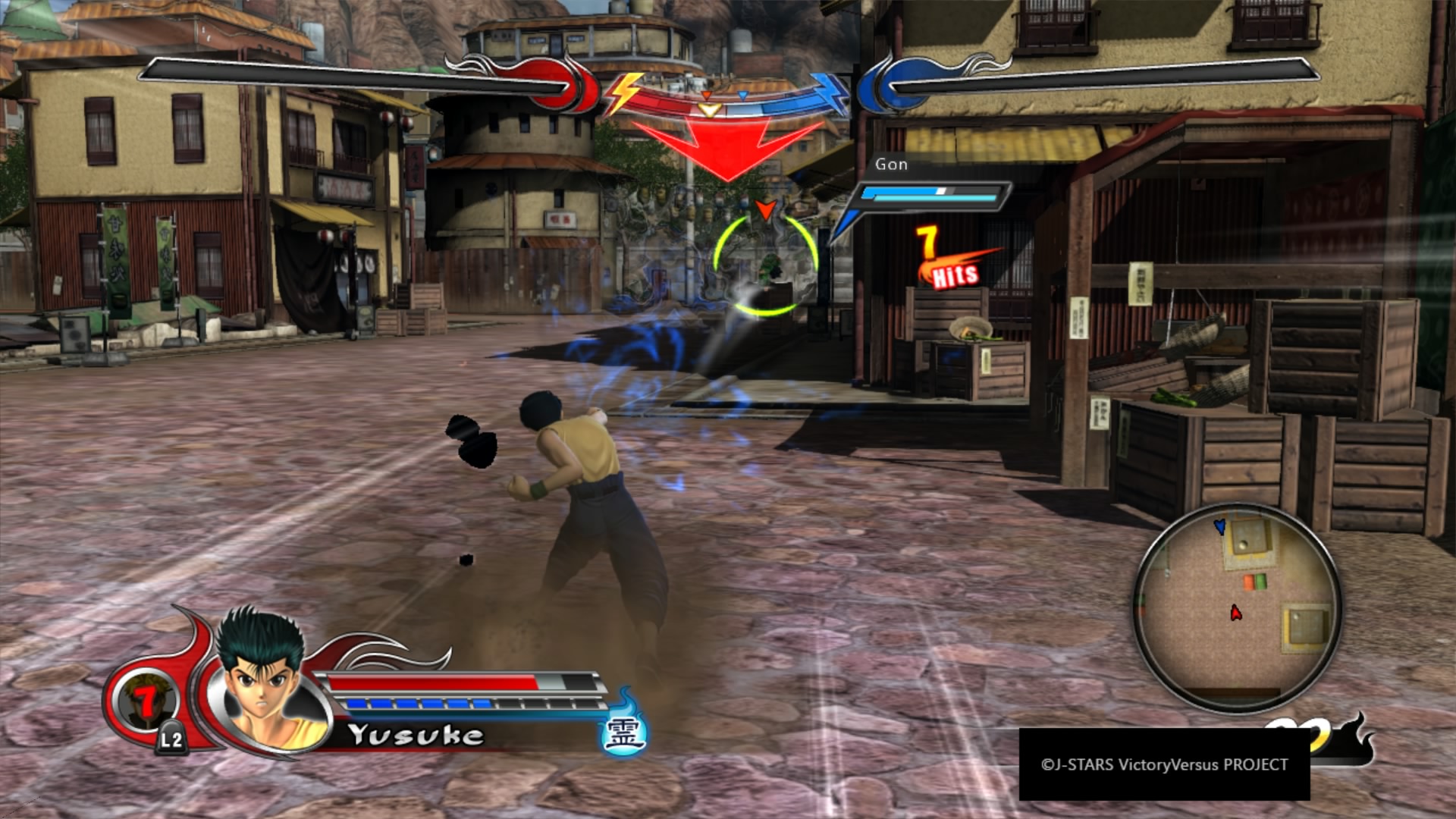
-
J-Stars Victory VS+ Screenshot
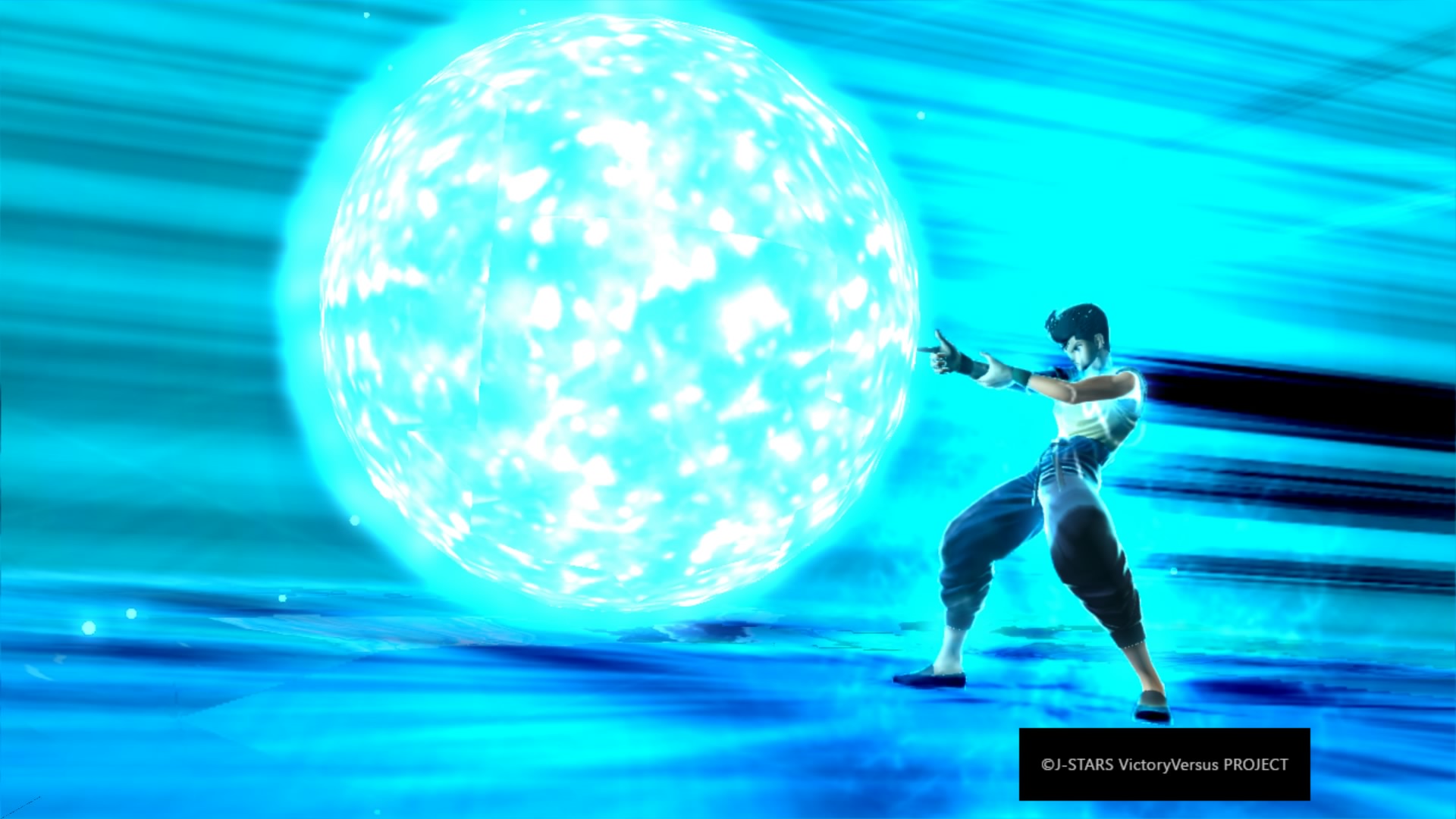
-
J-Stars Victory VS+ Screenshot
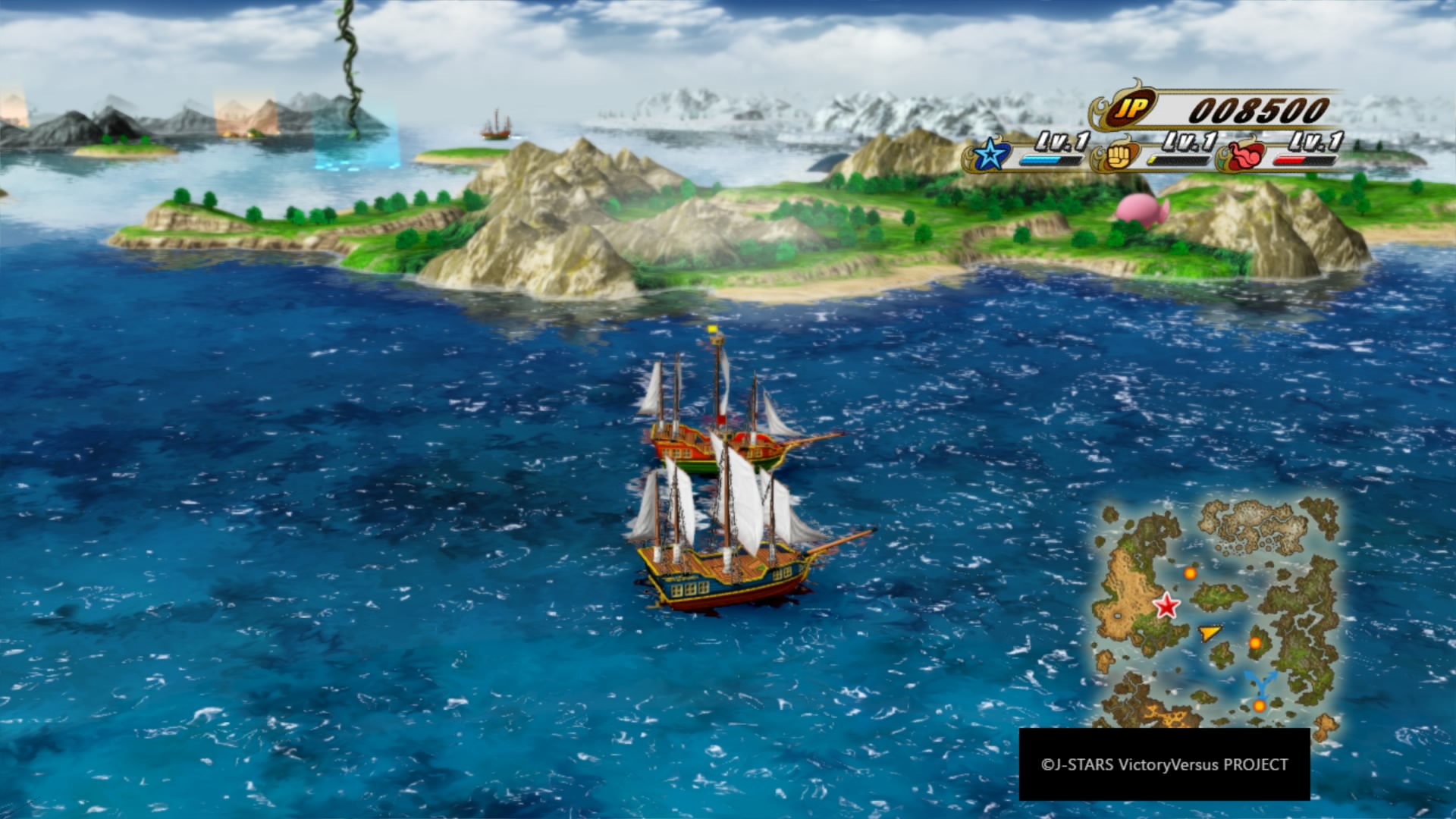
-
J-Stars Victory VS+ Screenshot
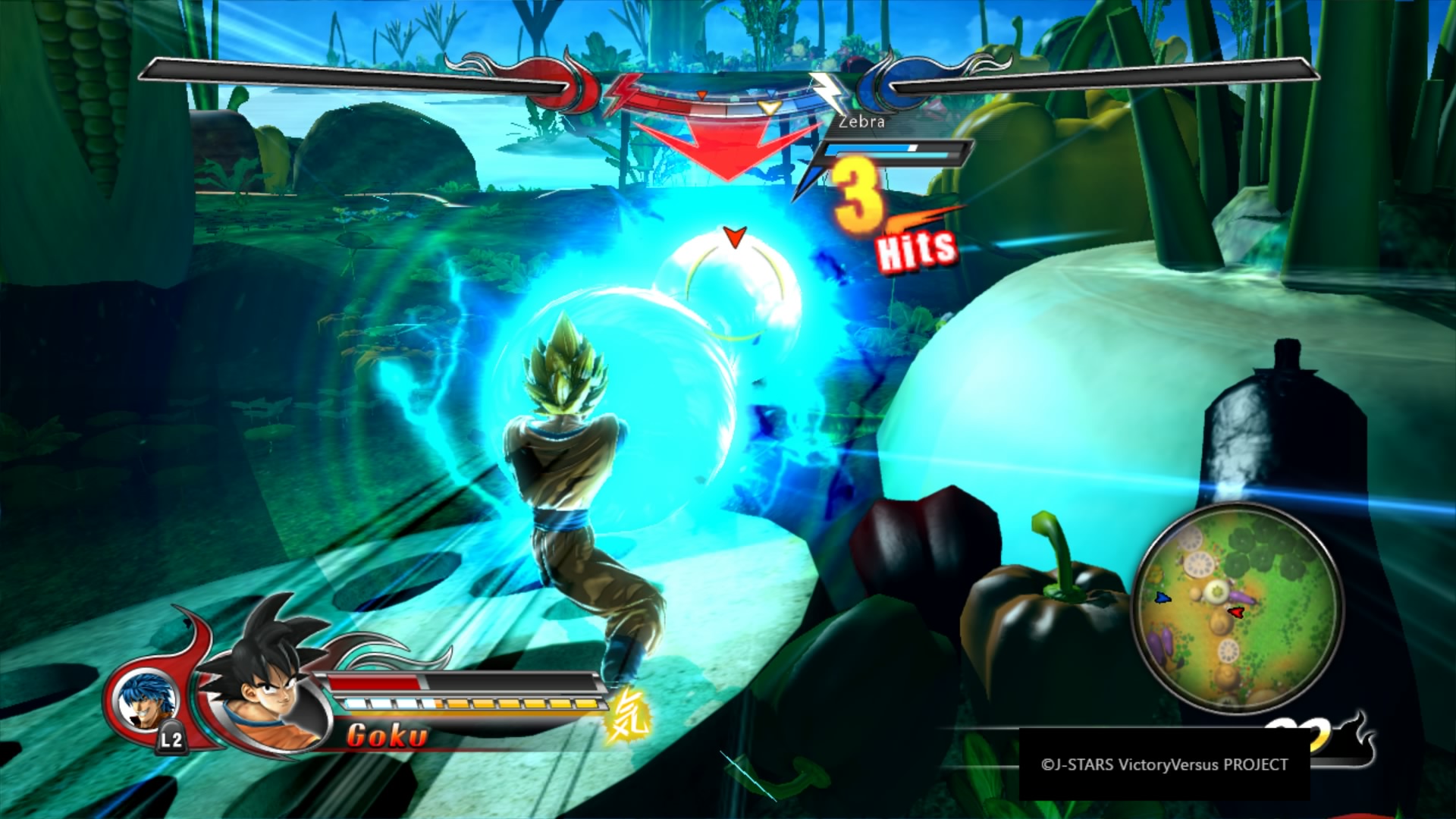
-
J-Stars Victory VS+ Screenshot
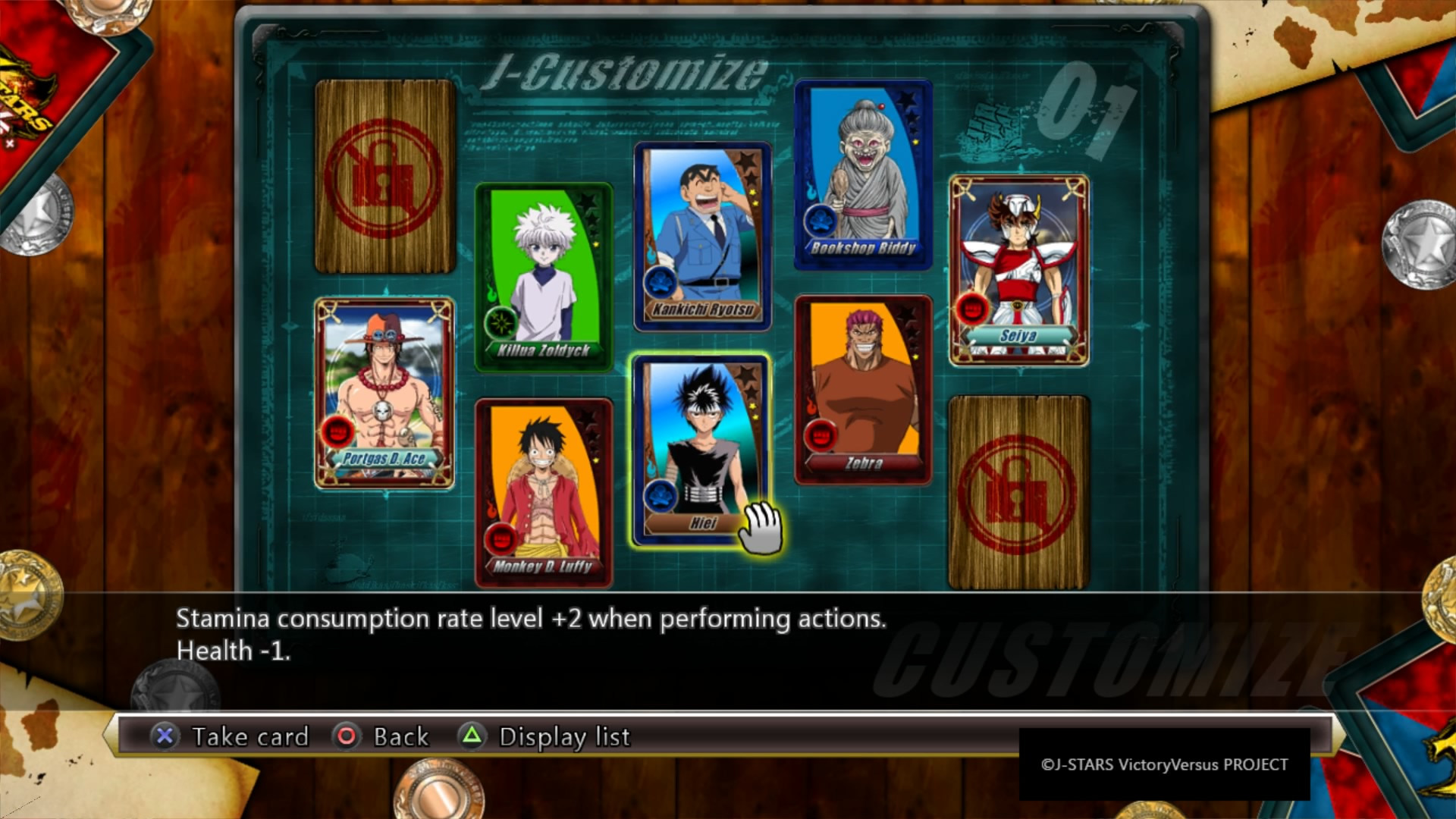
-
J-Stars Victory VS+ Screenshot
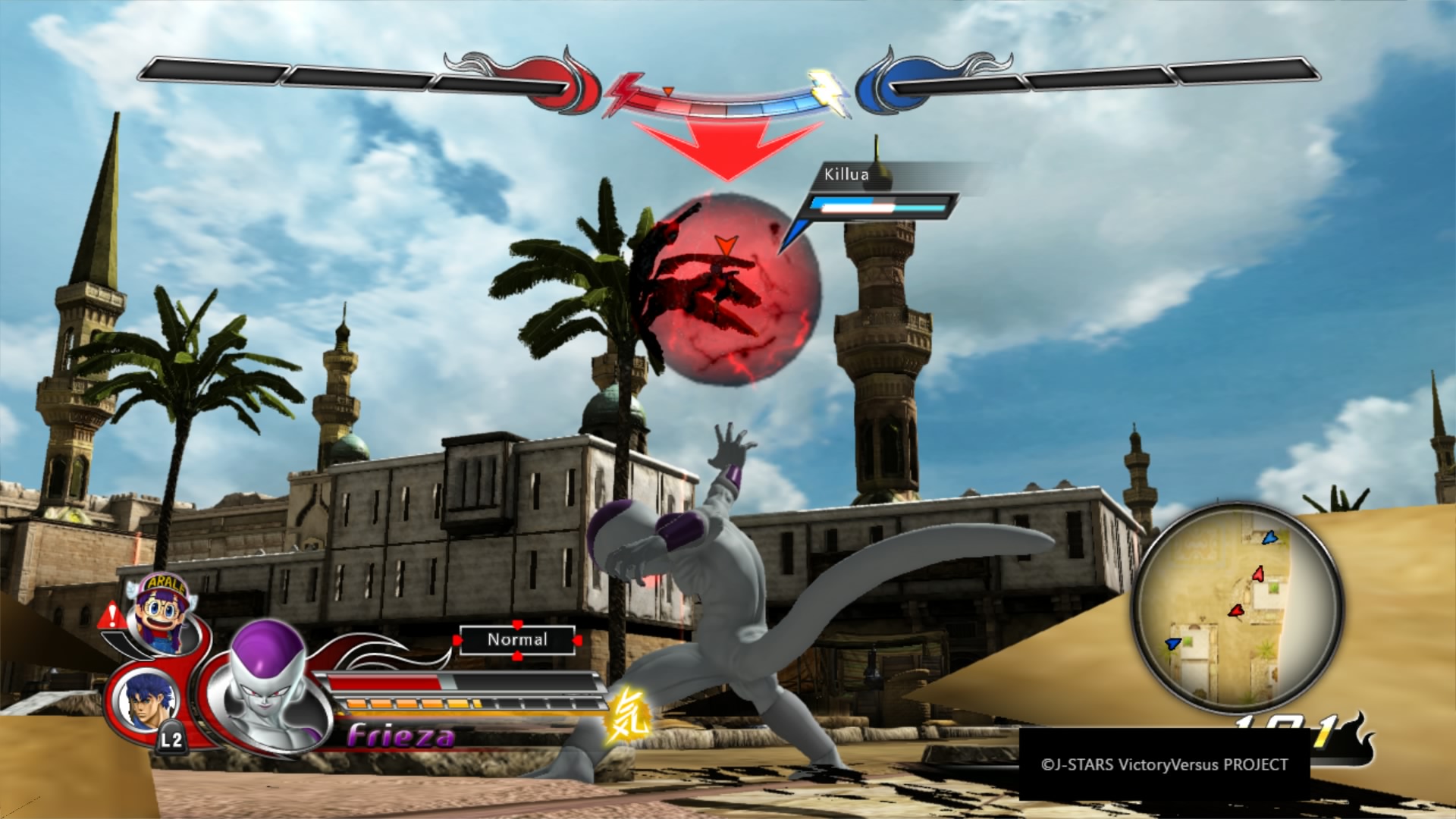
-
J-Stars Victory VS+ Screenshot
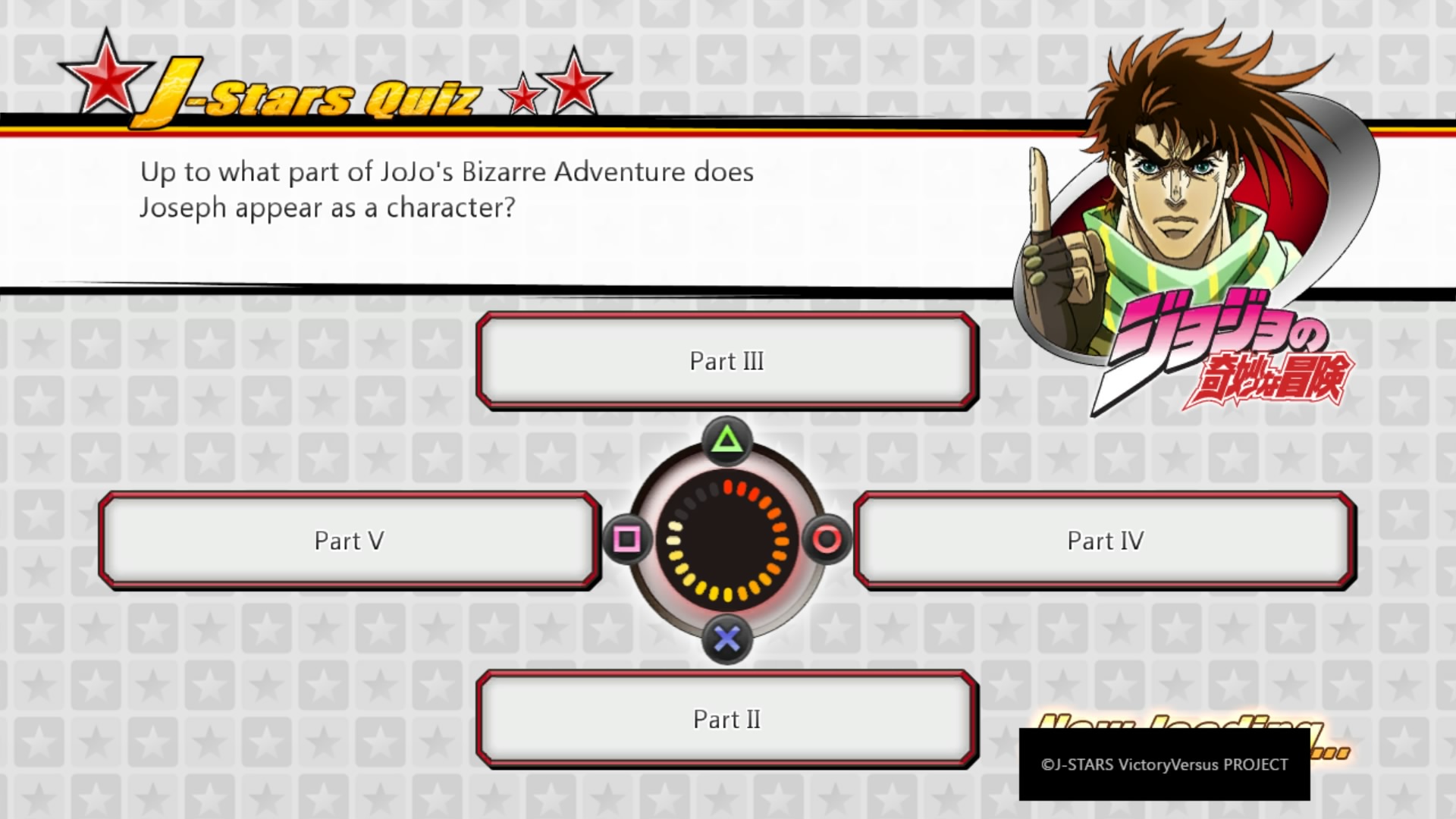
-
J-Stars Victory VS+ Screenshot
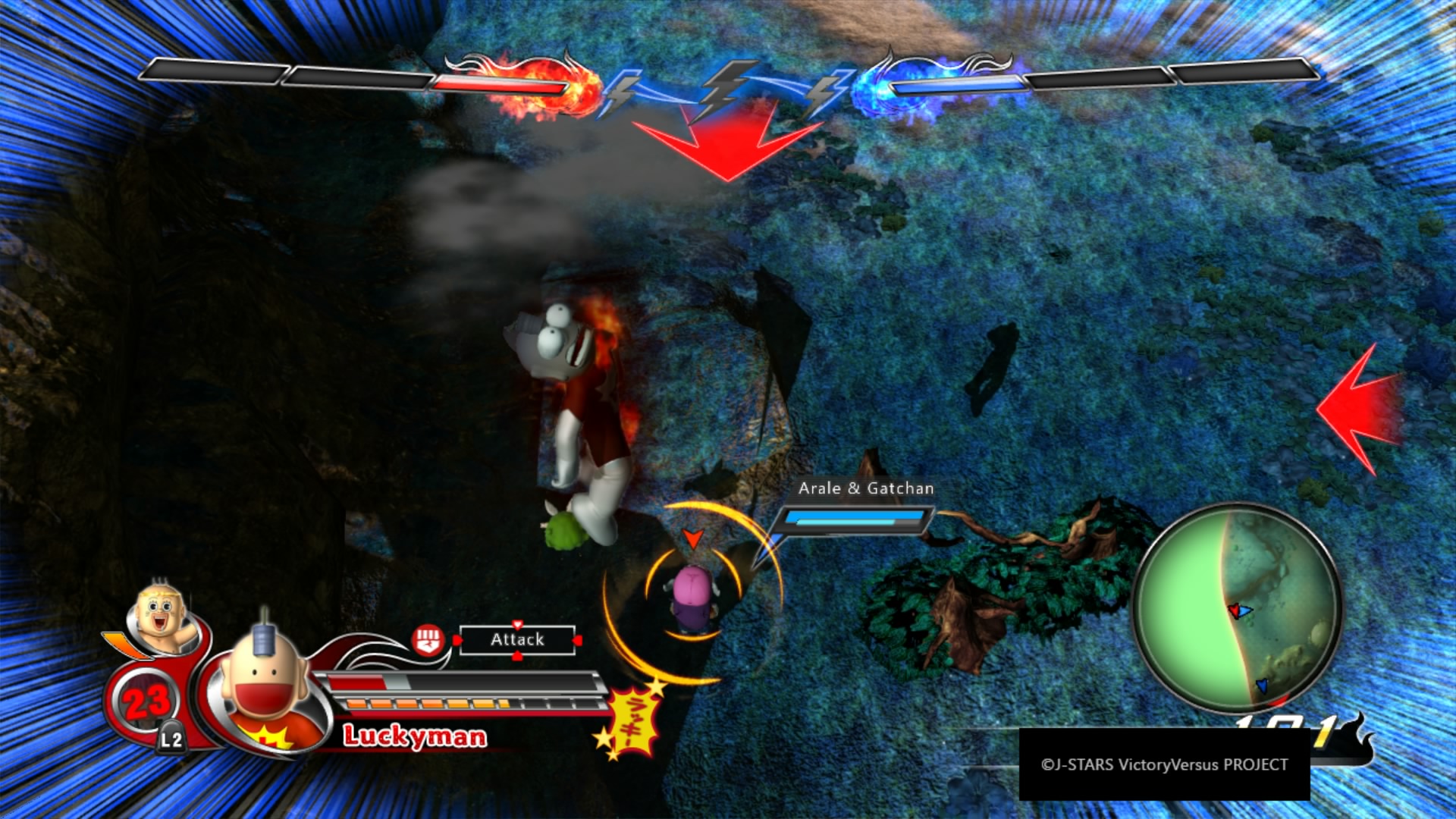
-
J-Stars Victory VS+ Screenshot
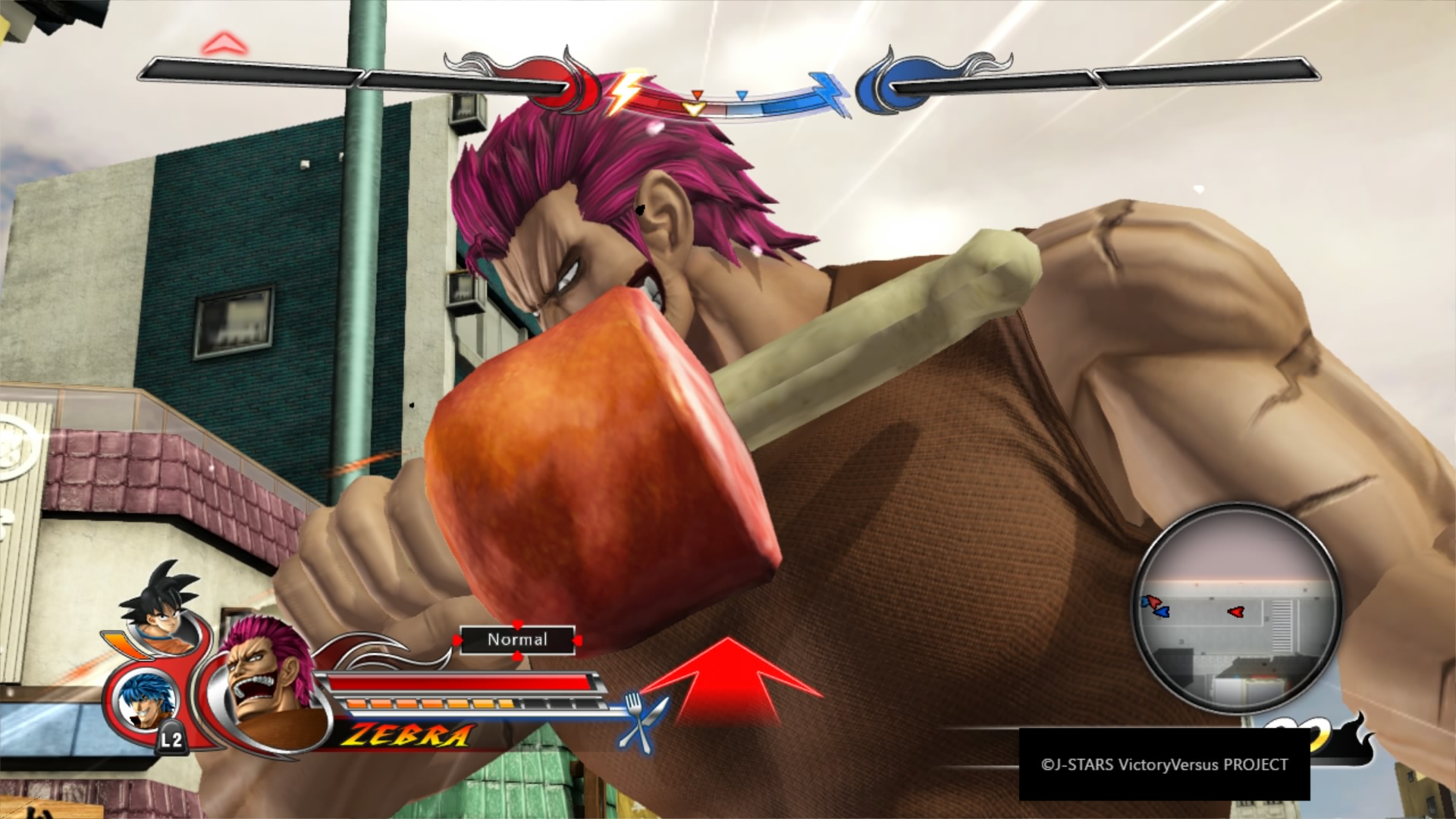
-
J-Stars Victory VS+ Screenshot
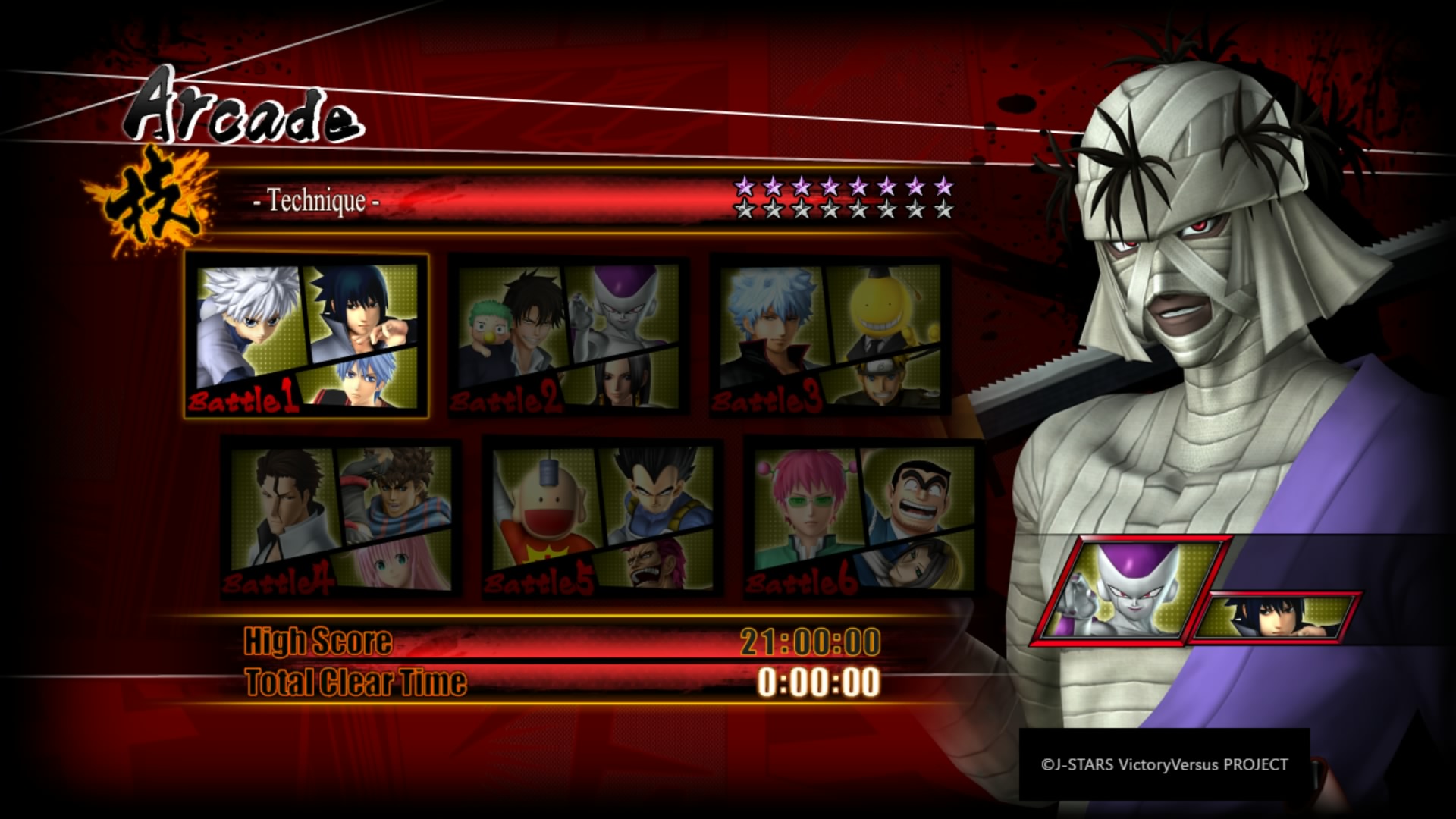
-
J-Stars Victory VS+ Screenshot
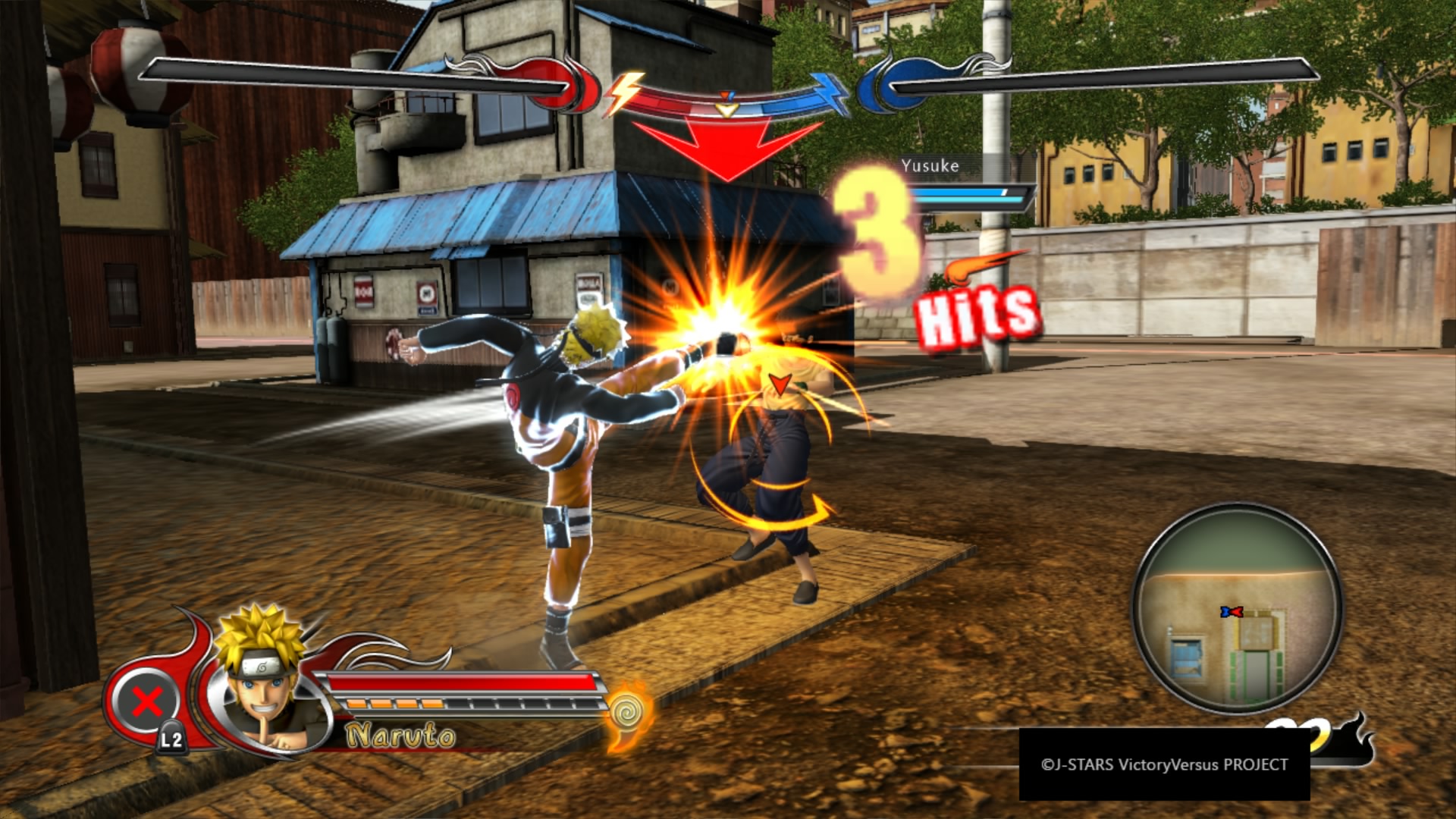
-
J-Stars Victory VS+ Screenshot
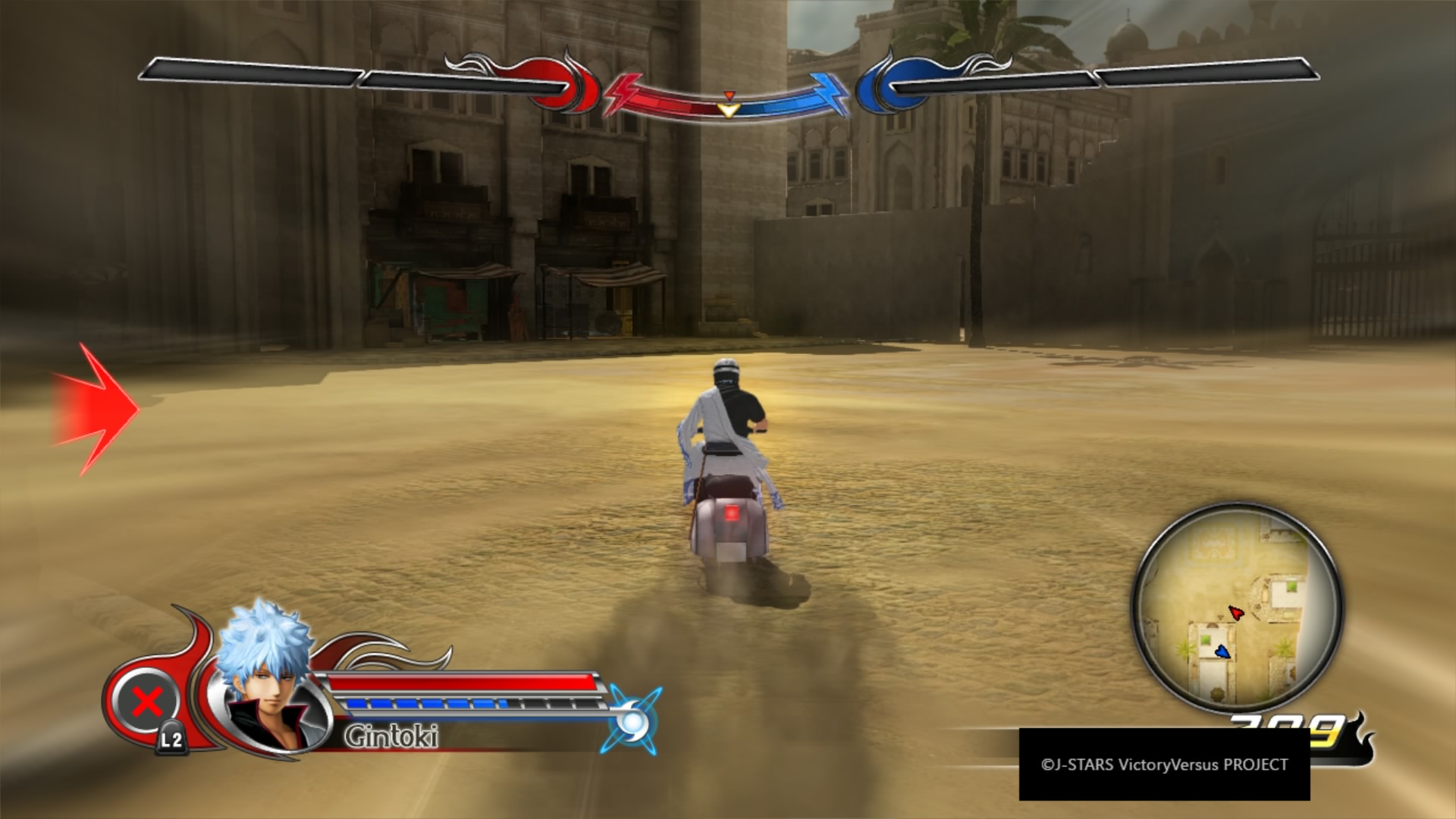
-
J-Stars Victory VS+ Screenshot
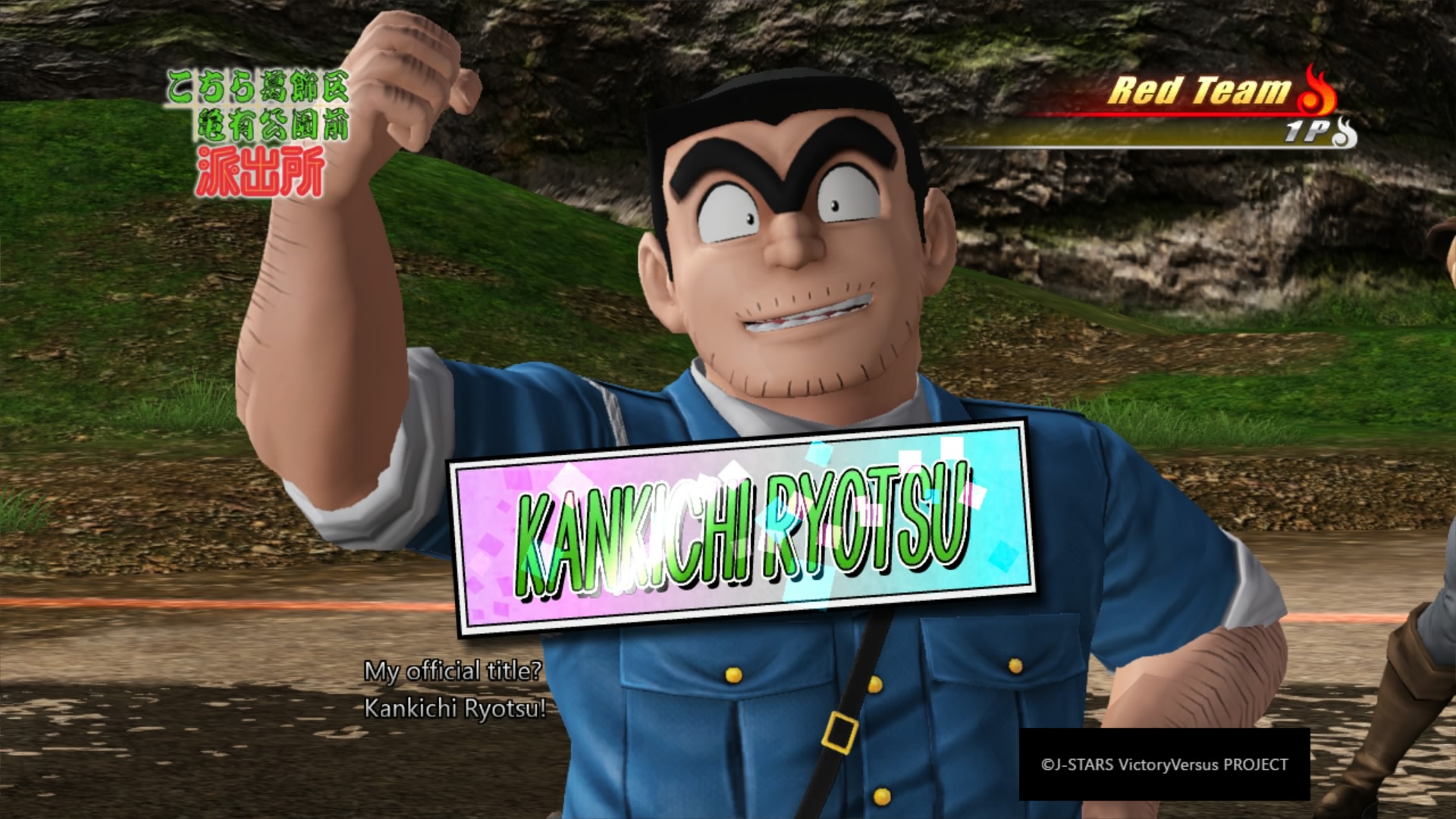
-
J-Stars Victory VS+ Screenshot
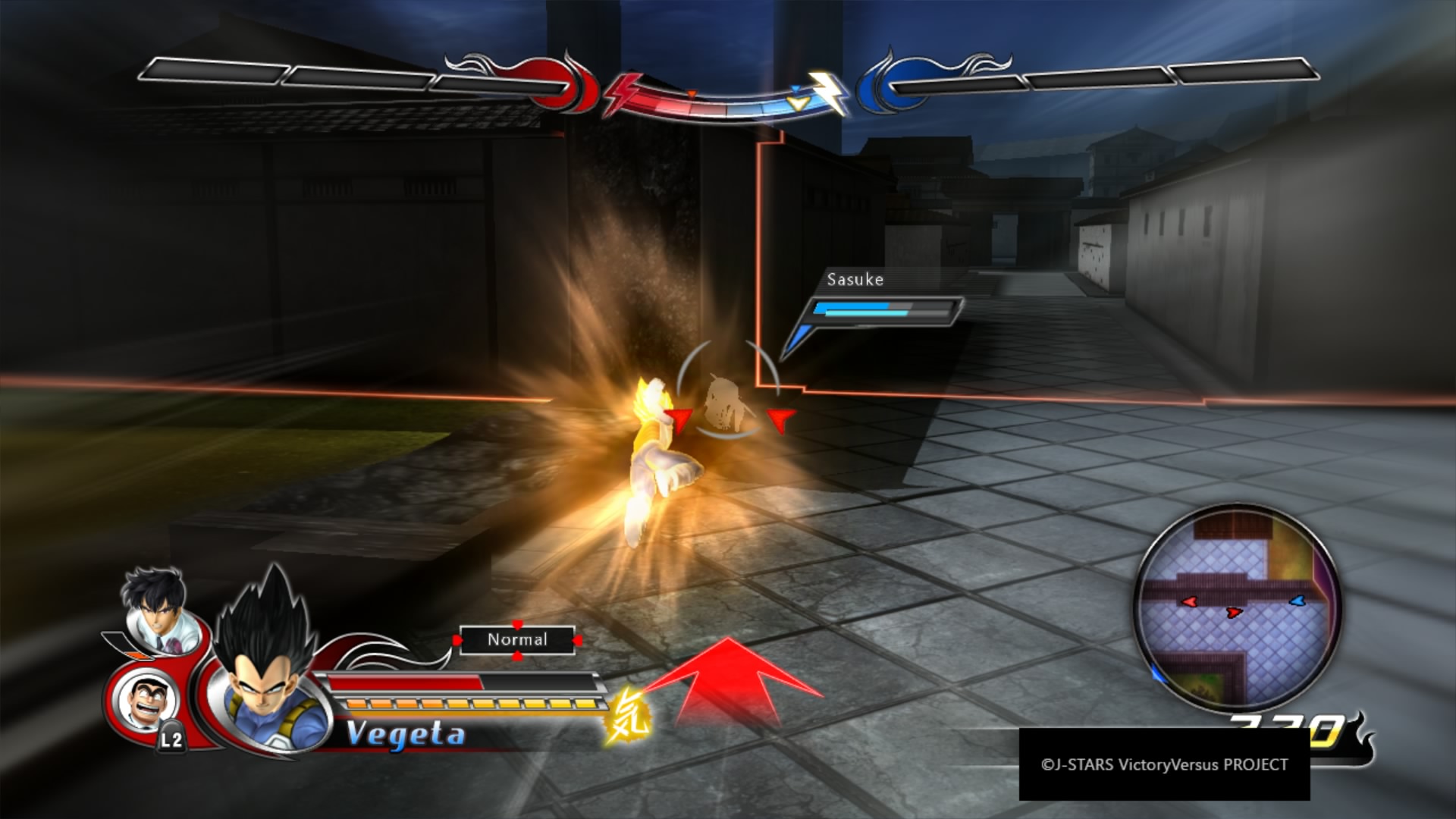
-
J-Stars Victory VS+ Screenshot
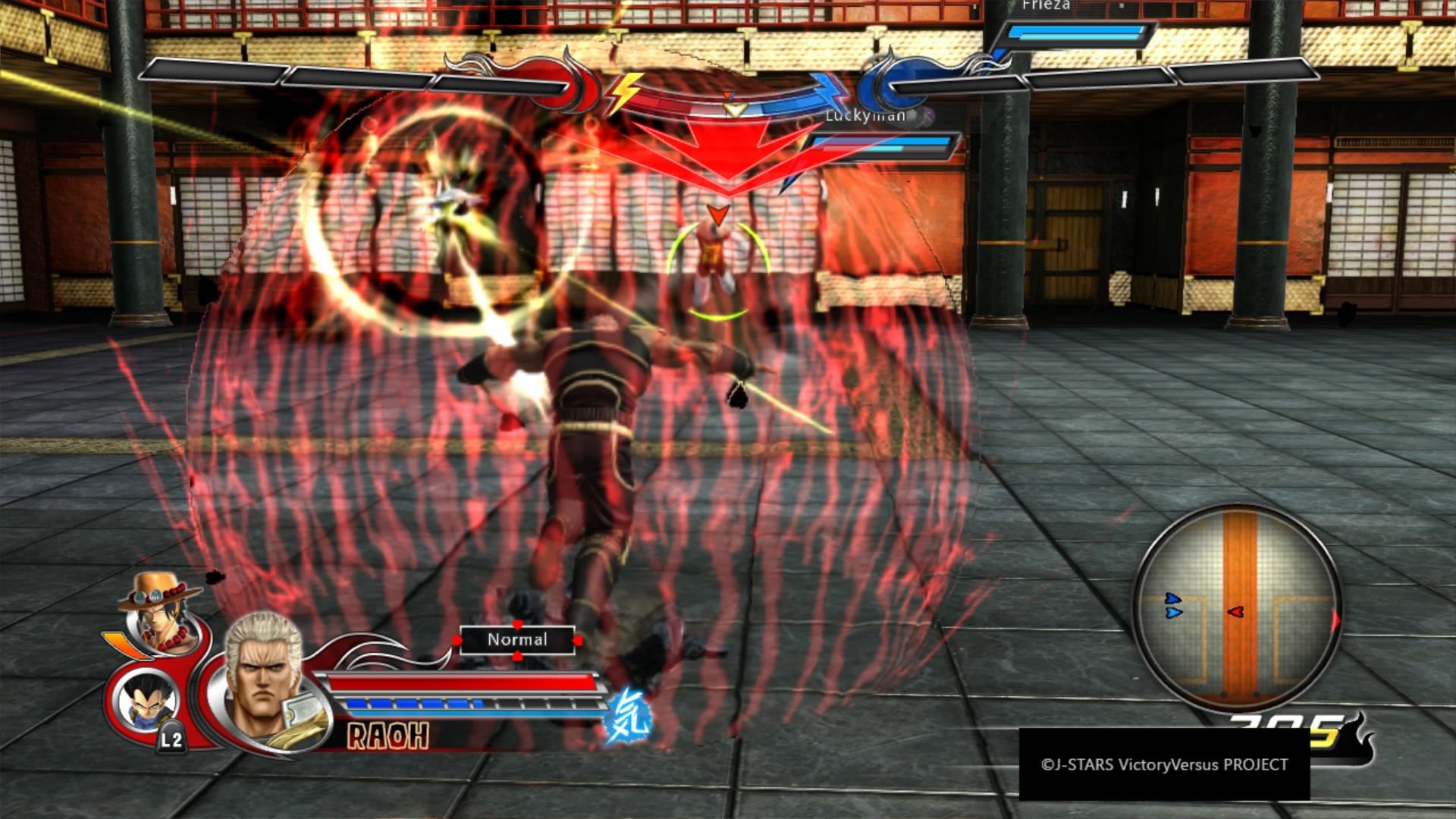
-
J-Stars Victory VS+ Screenshot
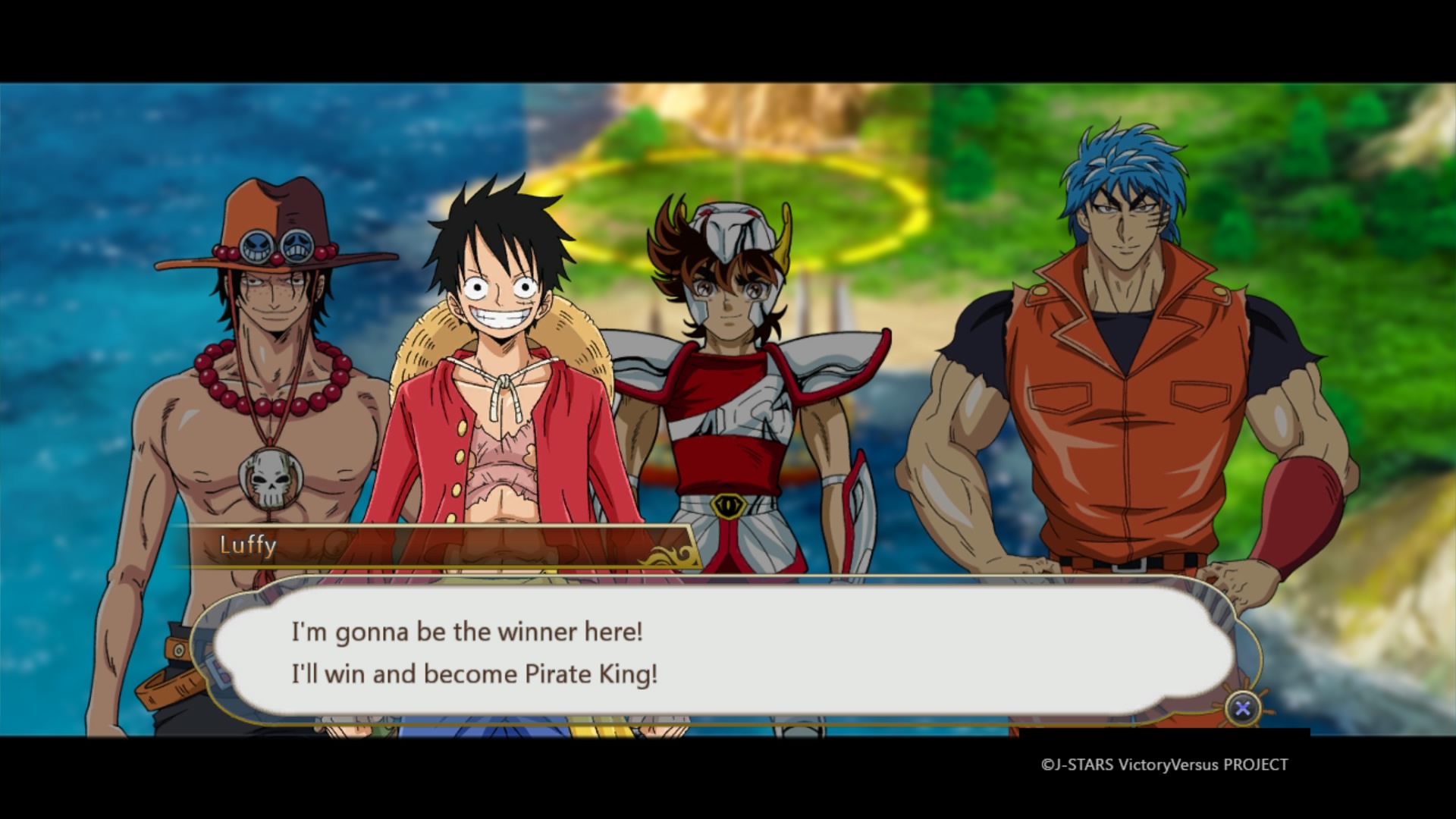
-
J-Stars Victory VS+ Screenshot
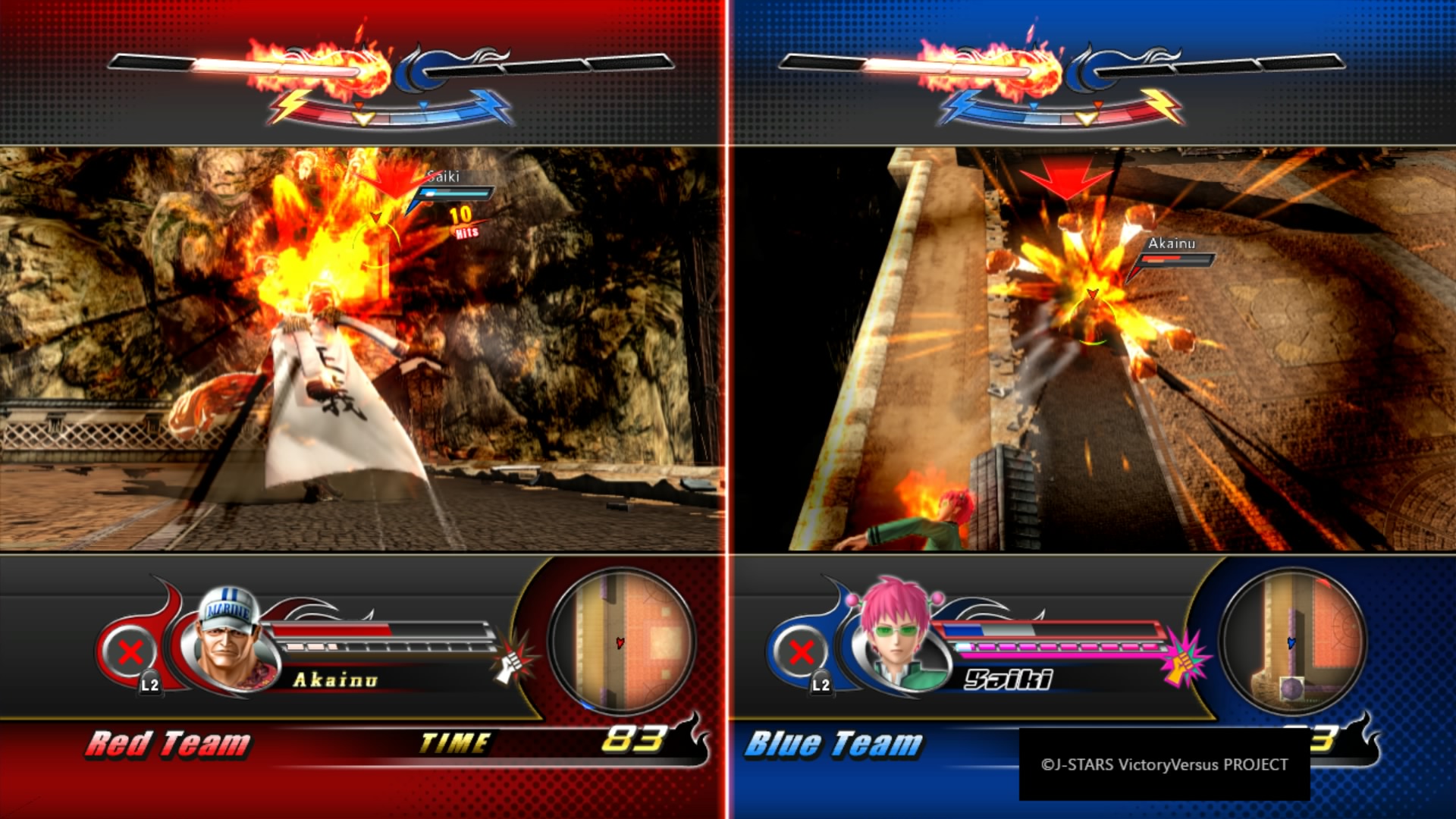
-
J-Stars Victory VS+ Screenshot
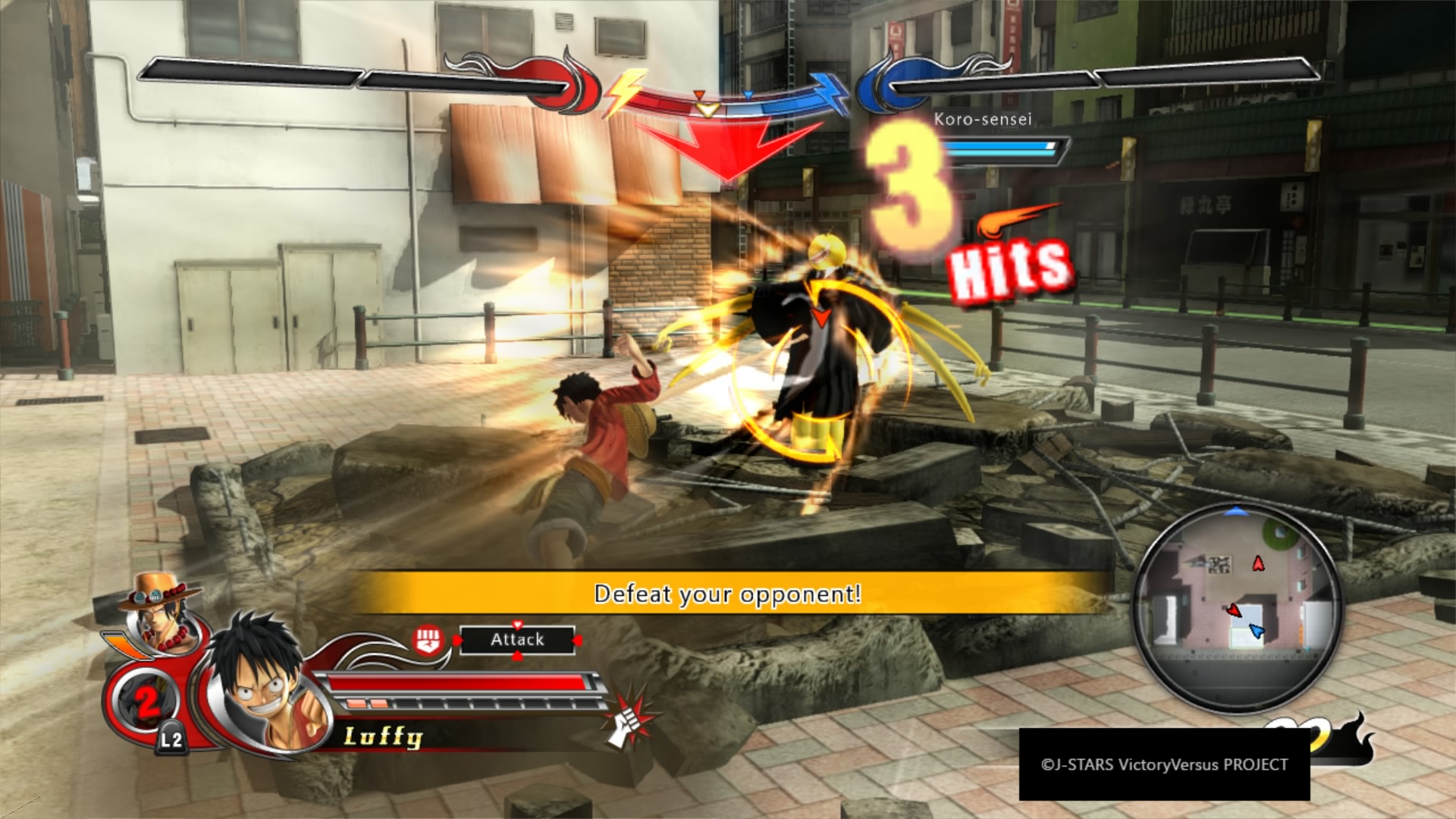
-
J-Stars Victory VS+ Screenshot
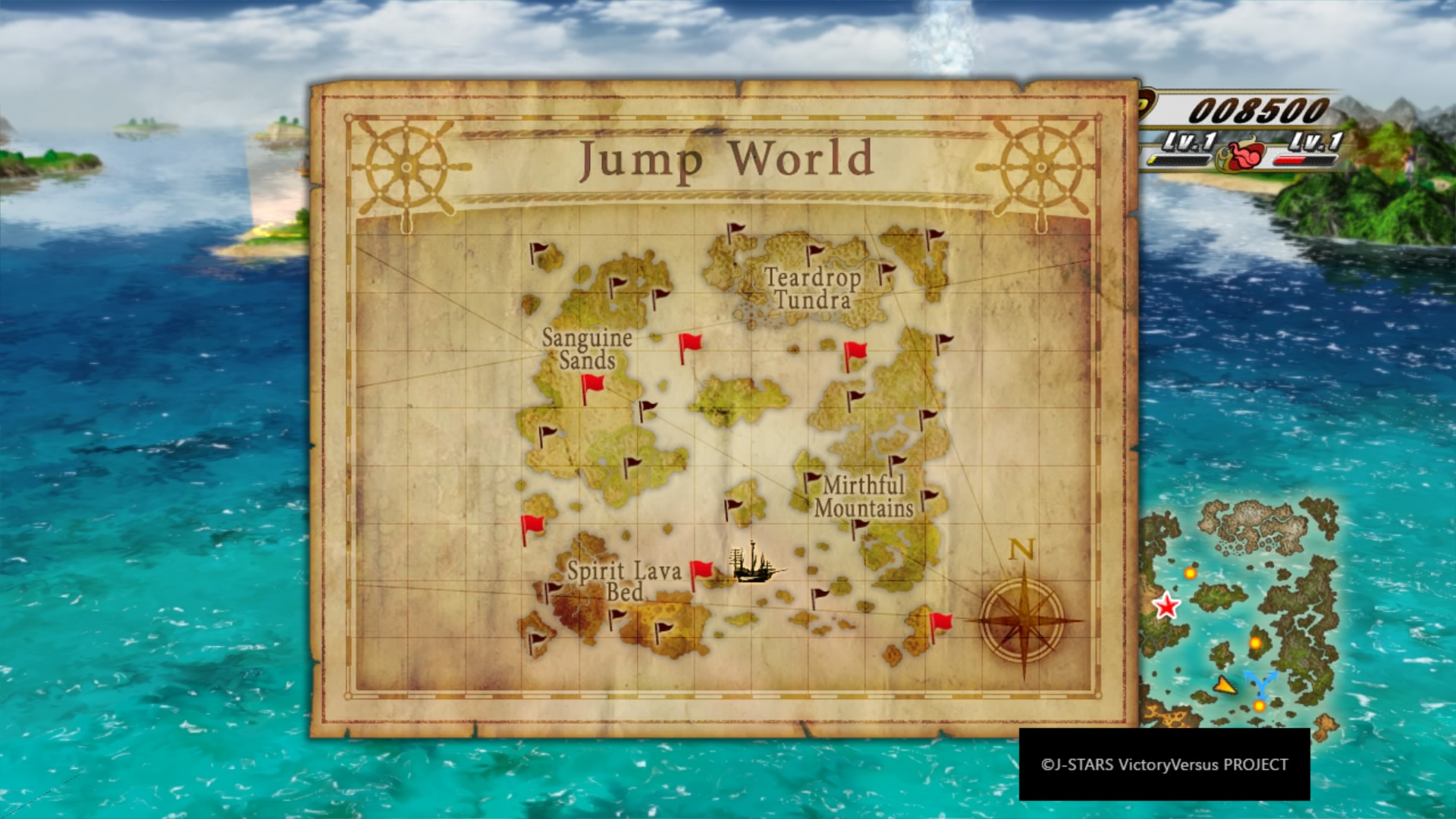
-
J-Stars Victory VS+ Screenshot

-
J-Stars Victory VS+ Screenshot
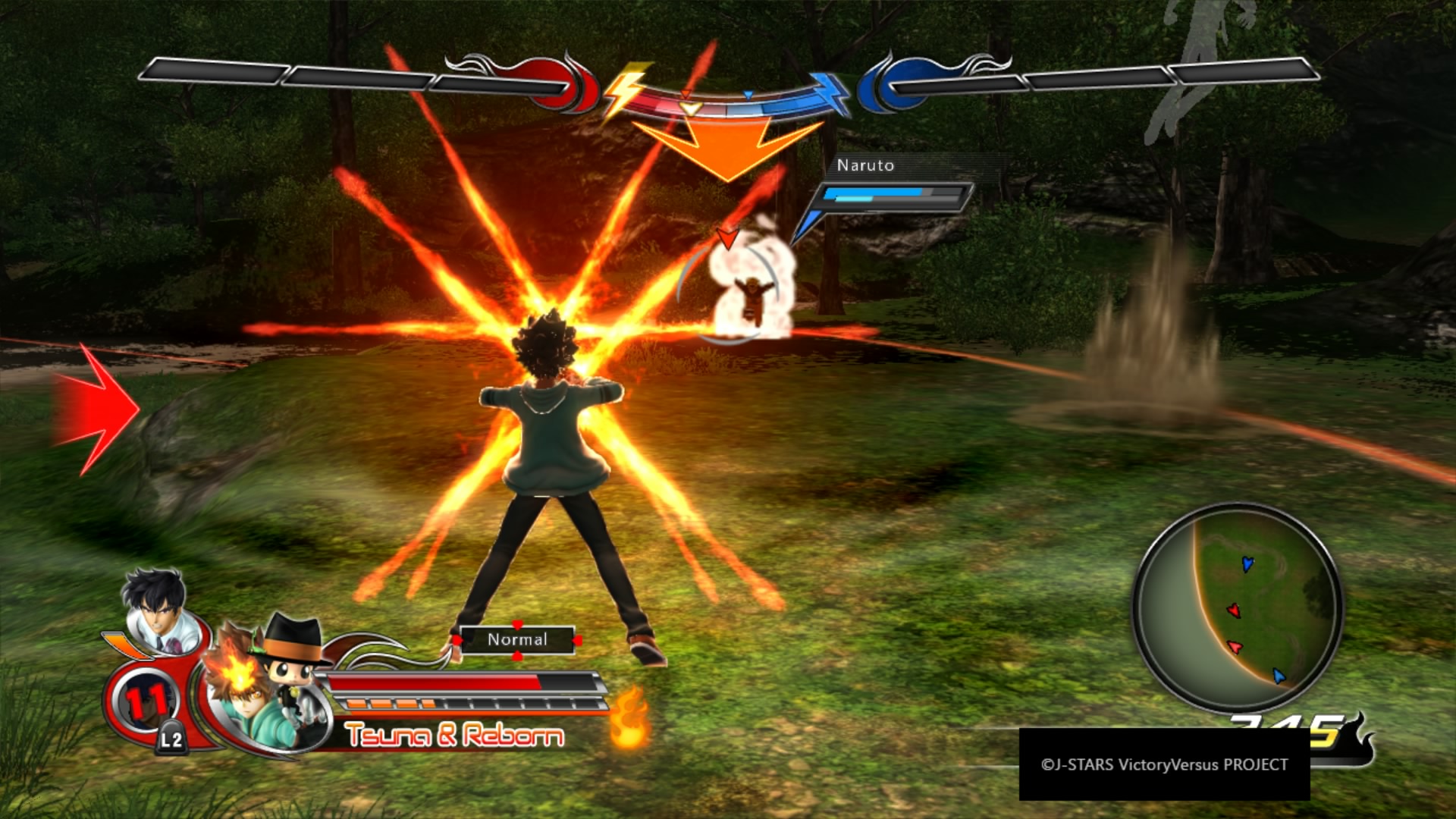
-
J-Stars Victory VS+ Screenshot
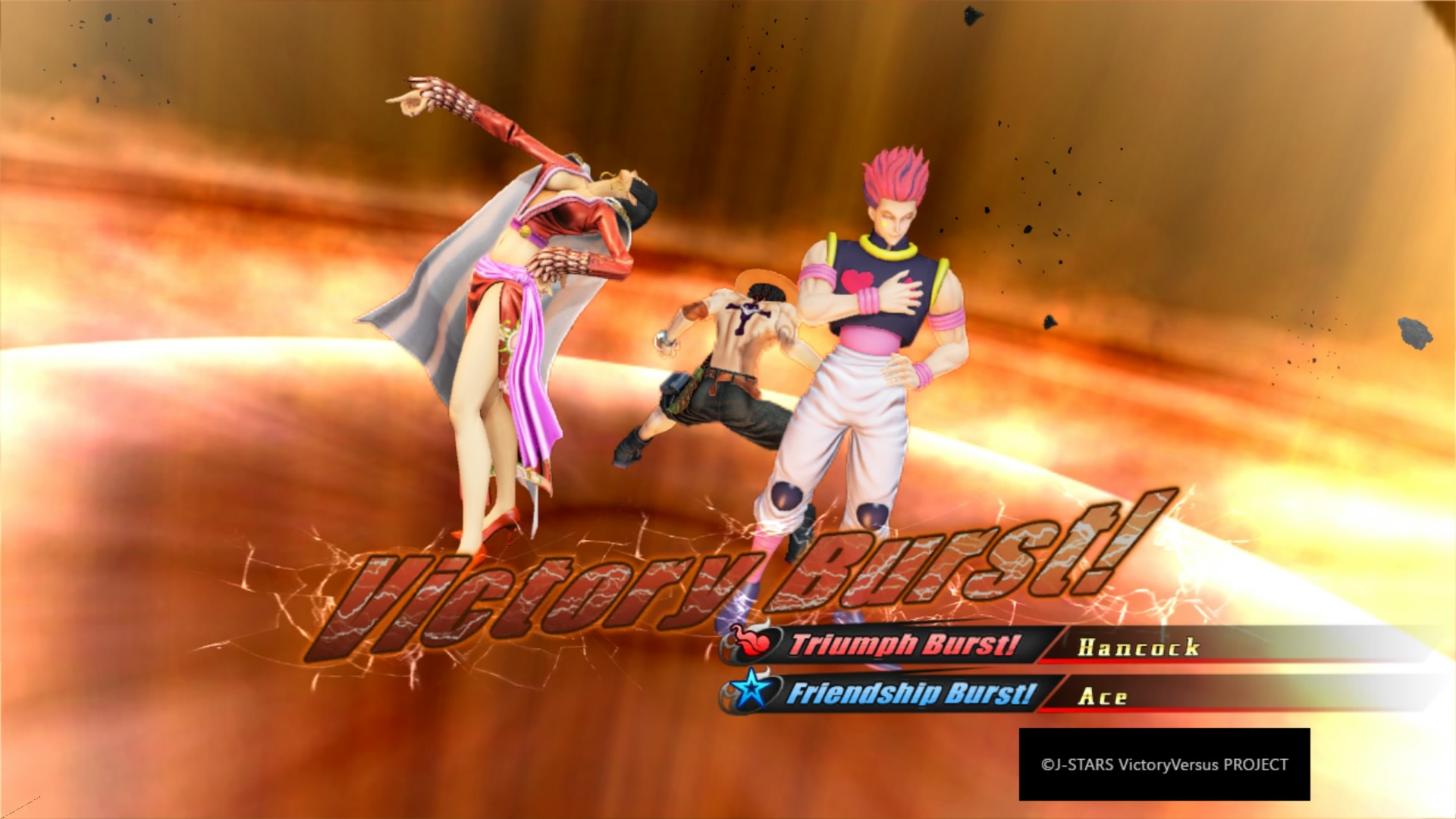
-
J-Stars Victory VS+ Screenshot
